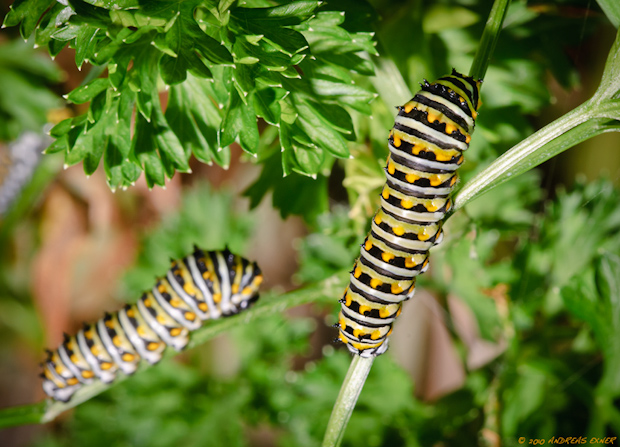Sometimes we are tempted too look only for the big animals, the most iconic, the most well known. This is easy, because they are always impressive. We sometimes forget about the small ones, the maybe not so gorgeous animals. But there is also a chance that we repeat things over and over again, that we take the same pictures all the time. I believe there is a good chance that we can end up with a unique and interesting shot by looking for the lesser known animals, because they are not so over-photographed as those always seen in ads of magazines or other publications.
When I watched this little Willet in the Bolsa Chica Wetlands I enjoyed it as much as the Brown Pelicans and Snowy Egrets. The perspective for this photo is not ideal. It was taken from slightly above. The access to the water is restricted for visitors and I'm all for that the protection of the bird habitat has absolute priority. I like how the reflection of waves makes for a nice background pattern. It was my first time in the Bolsa Chica Ecological Preserve but I'm sure I will go back there again. It may take some time, but one of these days I will have a really great shot of the little Willet.






 We had gorgeous weather last weekend here in Iowa and I thought it was time to have a look how the Trumpeter Swans that I discovered in April were doing (see my earlier posts). Knowing the location much better now, I knew the late afternoon sun would illuminate their usual spot. Too make a long story short, the light was perfect and they were much closer to the shore than I had ever seen them before.
We had gorgeous weather last weekend here in Iowa and I thought it was time to have a look how the Trumpeter Swans that I discovered in April were doing (see my earlier posts). Knowing the location much better now, I knew the late afternoon sun would illuminate their usual spot. Too make a long story short, the light was perfect and they were much closer to the shore than I had ever seen them before.






